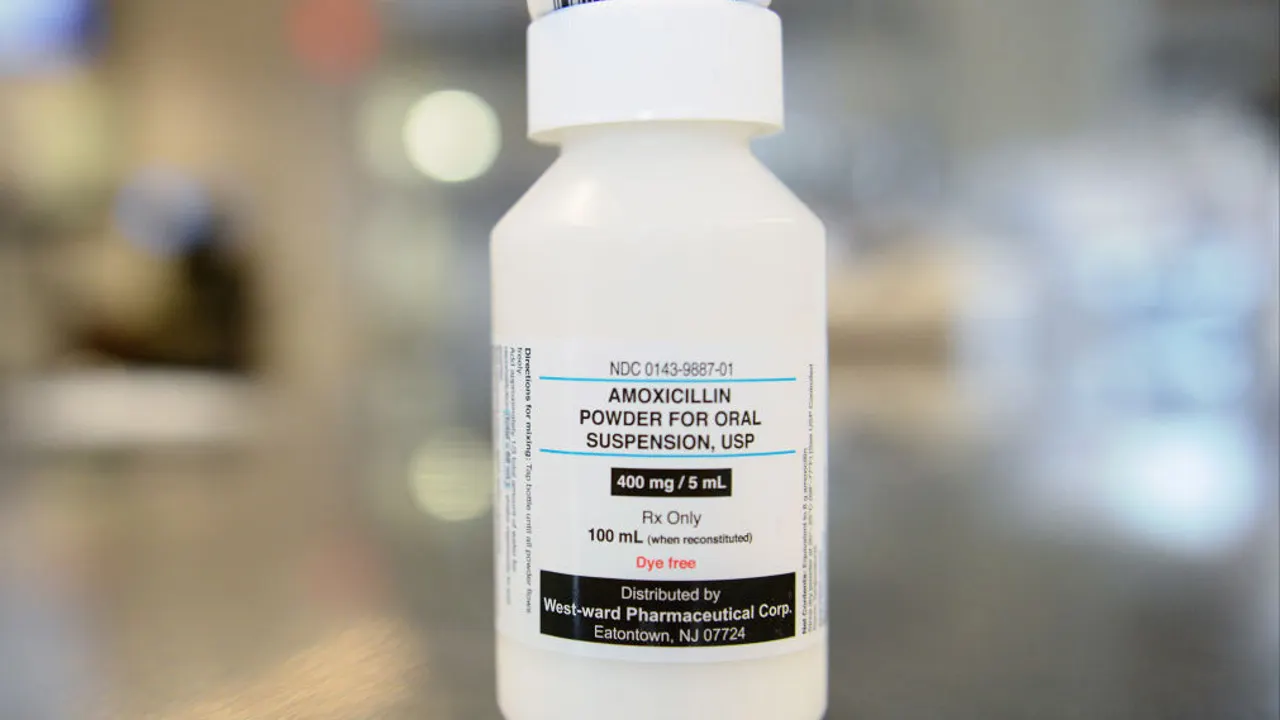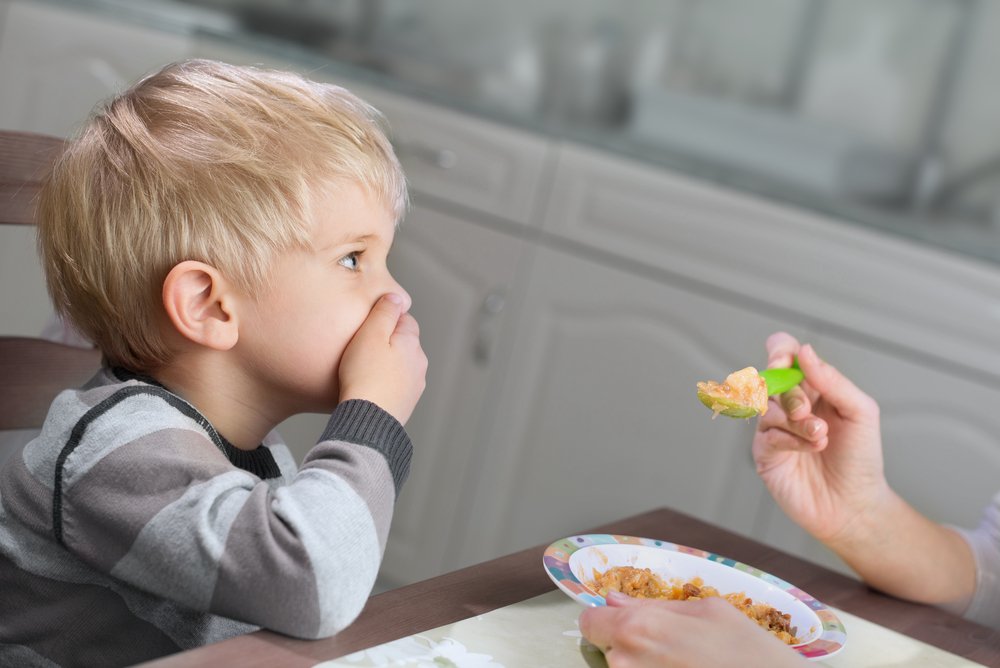As a pediatrician, I often see toddlers and young children who have experienced bumps, falls, and the inevitable head bonks that come with exploring the world. While most head injuries in this age group are minor, it’s natural for parents to feel worried and unsure of what to do. I am trying to provide you with clear, actionable advice on assessing the situation, monitoring your child, and knowing when to seek medical attention.
Initial Assessment: What to Do Immediately After the Bump
- Stay Calm: I know it’s easier said than done, but staying calm is essential. Your child will look to you for cues on how to react. If you’re panicked, they’re more likely to become distressed.
- Assess the Scene: Quickly check the environment for any ongoing hazards. If your child fell from a height, landed on something sharp, or hit their head particularly hard, proceed with extra caution.
- Comfort Your Child: Most toddlers will cry after hitting their head, even if the injury is minor. Offer reassurance, cuddles, and words of comfort to help them calm down.
- Examine the Injury: Gently check your child’s head for any visible cuts, bruises, or swelling. If there’s a minor bump, applying a cold compress for 15-20 minutes can help reduce swelling.
When to Call Your Pediatrician or Seek Emergency Care
While most bumps and bruises are harmless, certain signs and symptoms warrant immediate medical attention:
Call 911 or Go to the ER If Your Child:
- Loses consciousness, even briefly
- Has a seizure
- Is vomiting repeated?
- Seems confused, disoriented, or unusually drowsy
- Complaints of a severe or worsening headache
- Has clear fluid or blood draining from their ears or nose
- Shows weakness or numbness in their arms or legs
Call Your Pediatrician If Your Child:
- Has a cut that won’t stop bleeding
- Has a large bump or bruise on their head
- Is excessively sleepy or difficult to wake up
- Is acting strangely or differently than usual
Monitoring Your Toddler After a Head Injury
Even if your child’s head injury seems minor, it’s essential to monitor them closely for at least 24 hours. Look for any changes in behavior, such as:
- Increased sleepiness
- Irritability or fussiness
- Difficulty walking or talking
- Confusion or memory problems
- Changes in appetite or sleep patterns
- Complaints of headache or dizziness
- Vision changes
If you notice any of these symptoms, contact your pediatrician immediately. It’s always better to err on the side of caution when it comes to head injuries.
Preventing Head Injuries in Toddlers
While accidents are inevitable, there are several steps you can take to minimize the risk of head injuries:
- Childproof Your Home: Secure furniture to the wall, use gates on stairs, and cover sharp corners.
- Supervise Play: Always supervise your toddler during playtime, especially on playgrounds or near stairs.
- Use Safety Gear: Make sure your child wears a helmet while riding a bike, scooter, or skateboard.
- Buckle Up: Always secure your child in an appropriate car seat or booster seat.
A Word of Reassurance
Head injuries can be frightening, but it’s important to remember that most are minor and resolve on their own with rest and monitoring. By staying calm, assessing the situation, and knowing when to seek help, you can ensure your child receives the best possible care and recovers quickly.
If you have any questions or concerns about your child’s head injury, please don’t hesitate to contact us. We’re here to support you and your child every step of the way.




